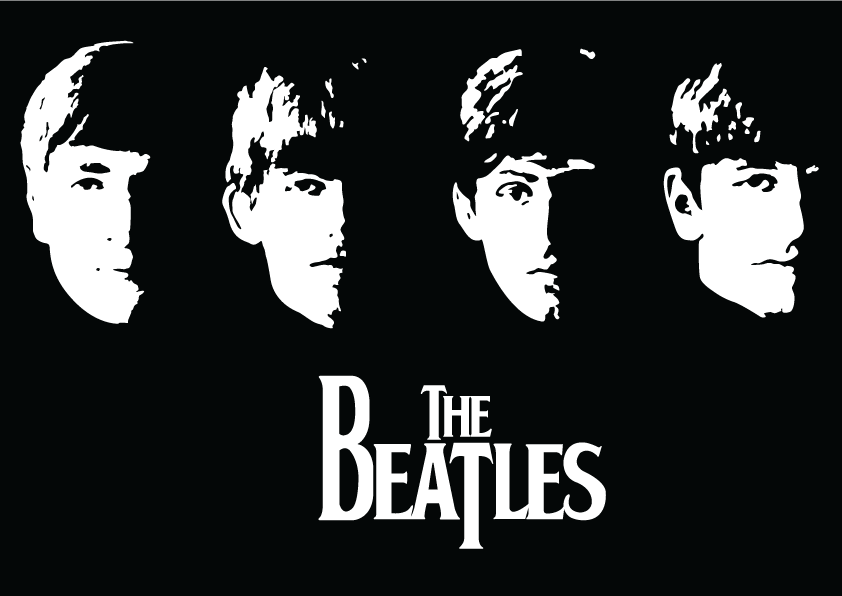Types of T-Shirt Printing can vary. What you choose depends on the printer and the type of printing you need, but here is a list of the different types of t-shirt printing
Digital Printing
This method of printing revolutionized the apparel printing industry by making it economical to print a single t-shirt or other garment for a customer. Instead of applying ink through the use of screens on a press, the image is transferred much like a home printer with the ink being injected directly into the fabric then cured with a heat press. It’s also a very economical choice when looking for full color photography reproduction on garments.
Four Color Process
This is the oldest form of decorating apparel using a similar method as an ink jet printer by blending the four process colors of Cyan, Magenta, Yellow, and Black to create the full spectrum of colors. Four color process printing works best on white or light colored garments.
Screen Print with Under Base
Screen printing is the go-to print method for many reasons. It’s affordable and in most cases, will last the life of the apparel product. It’s most advantageous when printing a simple, single spot color design on a large amount of t-shirts. Screen printing works on all types of apparel materials including cotton and poly blends. The color is more vibrant than other print methods but it can feel heavy on the material. Adding a white under base to the design increases the layers of ink but helps to maintain the brightness of the colors.
Full Color Digital Transfers
These are ideal for full color image reproduction that can be applied to almost any type of material including performance wear, spandex, and even nylon. It is sometimes used to replace the embroidery method if the image contains a lot of fine detail. The images are adhered with the application of heat and pressure onto the garment.
Discharge Printing
Discharge printing is a method where the ink application actually removes the pigment in a shirt similar to bleach but in much more controlled way. Nothing like the bleaching videos you’ve seen on YouTube where the lines are not crisp and are typically done freehand.
The saturation of the t-shirt fabric is executed by a special discharge ink with an activation agent and the application of heat to cure it. Some fabric colors can be problematic such as the infamous color red. Red is the bane of most screen printers and a testing of the fabric beforehand will be the deciding factor on whether the product can be used.
What makes discharge print so desirable is the soft feel of the print. It’s very different from traditional plastisol ink which has a considerable structured feel. Discharge ink is water based and contrasts from plastisol because it sinks into the garment removing the original color of the fabric instead of being laid down on top of the fabric. It’s basically re-dying the fabric so it works best on darker garments. Discharge print is also very desirable because it’s fashionable.


